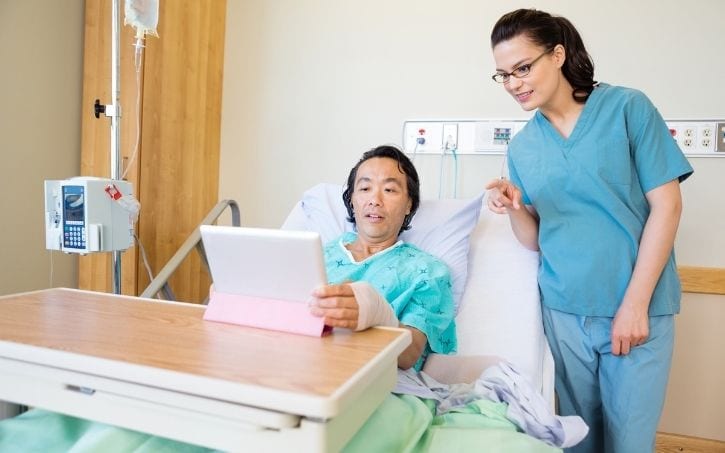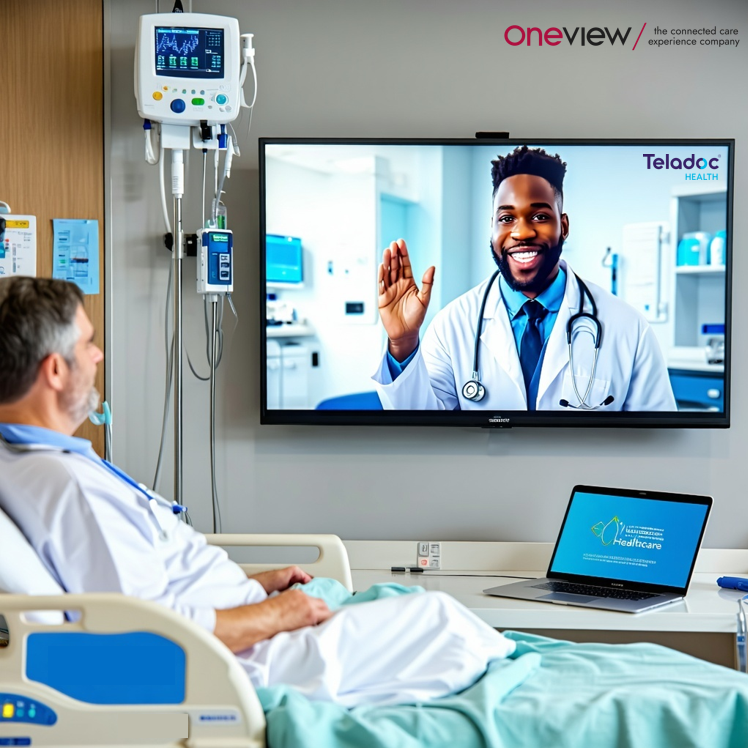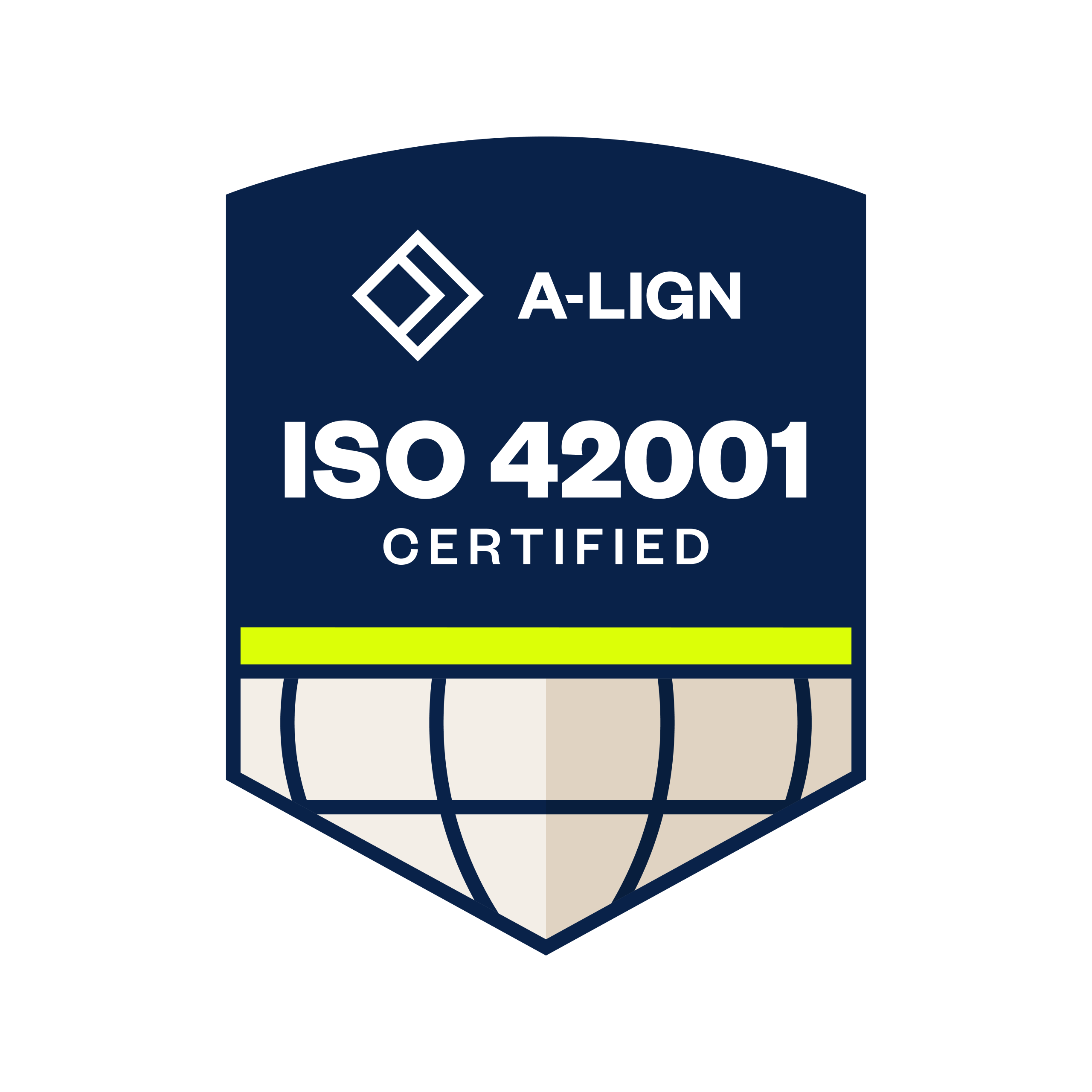Understandably, much has changed in healthcare from two years ago. We were at the very beginning of a worldwide pandemic that stressed our systems past the breaking point. Our healthcare infrastructure underwent a radical change in procedures, processes, and ways of working in order to flex to a monumental change in the public health environment. The view from the patient side changed as well, to the point where the patient’s experiences were very different from before the pandemic. Family members could no longer visit as before, healthcare workers were required to suit up in personal protective equipment to be able to walk into a patient’s room and healthcare personnel contact with patients was limited due to social distancing protocols. These and other new procedures and processes negatively impacted the patient experience—often with heartbreaking consequences.
The decline in the patient experience measures was acutely illustrated in the hospital safety and patient experience scores collated by Leapfrog Industries. Their new report, Patient Experience During the Pandemic: Adult Inpatient Care, is the second in a series of reports detailing the patient experience measurement changes before and during the pandemic. Here are the key takeaways of that report.
Responsiveness of Hospital Staff
The report by Leapfrog indicated that the patient experience measures decreased in almost all categories. Most notably the measure that suffered the most was the responsiveness of hospital staff which dropped from a favorable rating of 67.7 pre-pandemic to 63.4 during the pandemic. This is understandable given the strain that healthcare staff was under with the numbers of COVID-19 cases, staffing shortages, equipment and supply shortages, and uncertainty. Given that the communication with hospital staff and healthcare workers has a direct impact on patient experience perceptions, it is no surprise that this measure suffered the most.
Communication
Communication was measured in multiple questions in the survey including communication with doctors, communication with nurses, and communication about medicines. All these measures decreased during the pandemic with communication about medicines as the most affected. Communication about medicines suffered by 3.1 points dropping from a pre-pandemic measure of 64.1 to 60.0. This measure not only shows that communication with healthcare professionals was negatively affected by the pandemic, but it also had an impact on drug administration and by association, overall patient outcomes.
Cleanliness of the Hospital
Nothing has an immediate impact on patient experience than a clean (or dirty) environment and the cleanliness of a hospital room may set the tone for patient experience for the rest of the stay. The cleanliness of the hospital measure dropped by 2.9 points from 73.6 pre-pandemic to 70.7 during the pandemic. This may have been caused by staff shortages, supply chain issues with cleaning supplies, and general changes in protocol. That being said, the industry knows that cleanliness of the hospital affects both health of those in the hospital with regards to secondary infections, etc. as well as the general perception of the quality of care.2
The journey to the pre-pandemic levels of patient experience won’t be easy, but there are steps that can be taken even as we struggle with new variants and healthcare worker shortage. Healthcare systems are making investments in human and technological resources to support a commitment to make healthcare workers’ jobs easier and more streamlined. They are listening carefully to the needs of the healthcare workers themselves for ideas and solutions that may help turn around the patient experience measurement numbers and, ultimately, patient outcomes.
Throughout the pandemic we supported our customers in adapting care models through the use of video at the bedside, utilizing cloud-based tablets. We’re now working with customers to deliver on the vision of a truly connected patient room, supporting care models that are not tactical, but sustainable for the future – and will help ensure that patient experience does not suffer the same way no matter what the future brings.
For more information, contact us at info@oneviewhealthcare.com.
Source: The Leapfrog Group. (Spring 2022) Patient Experience During the Pandemic: Adult Inpatient Care report. https://www.leapfroggroup.org/patient-experience-during-pandemic-adult-inpatient-care



